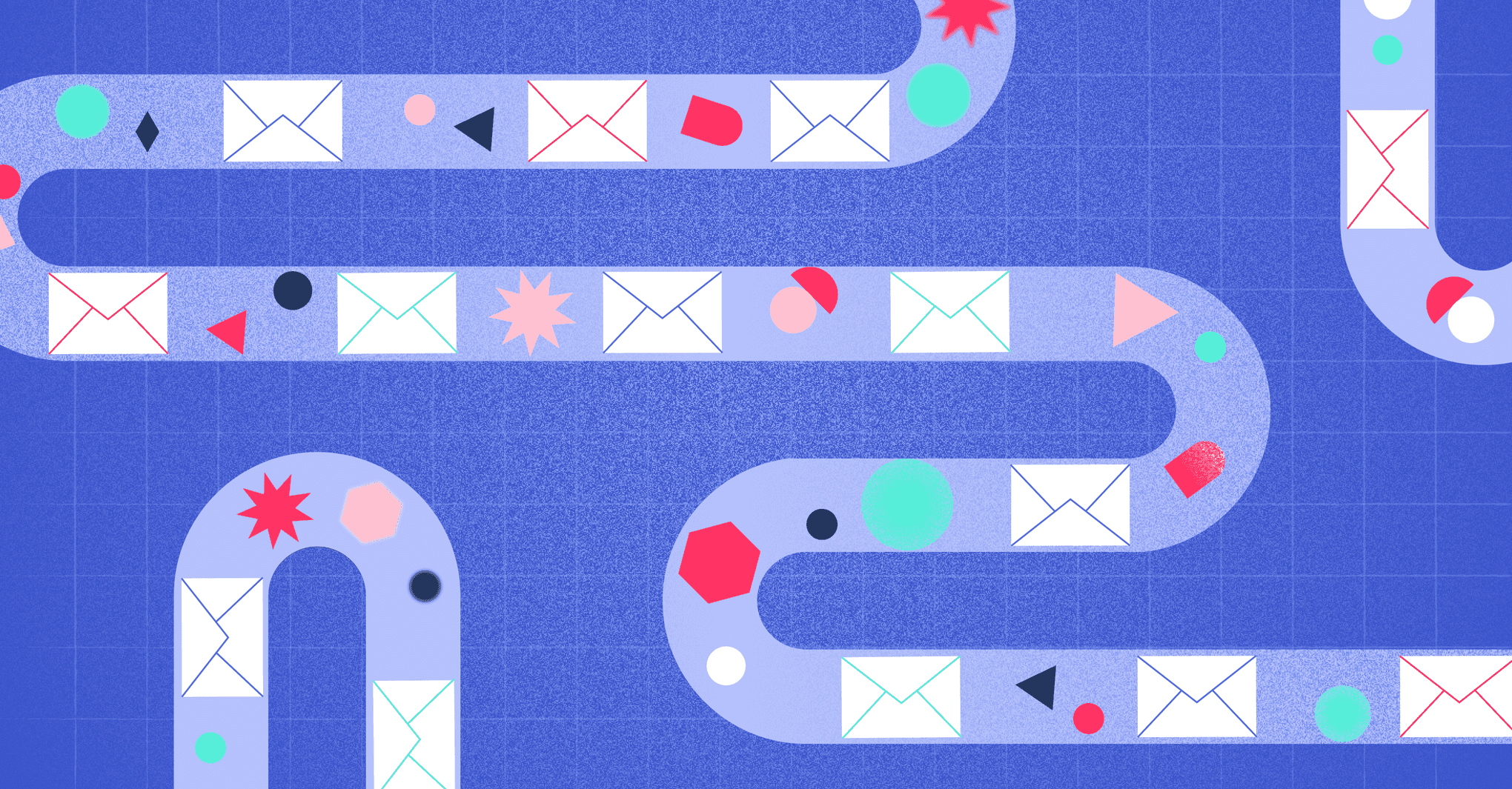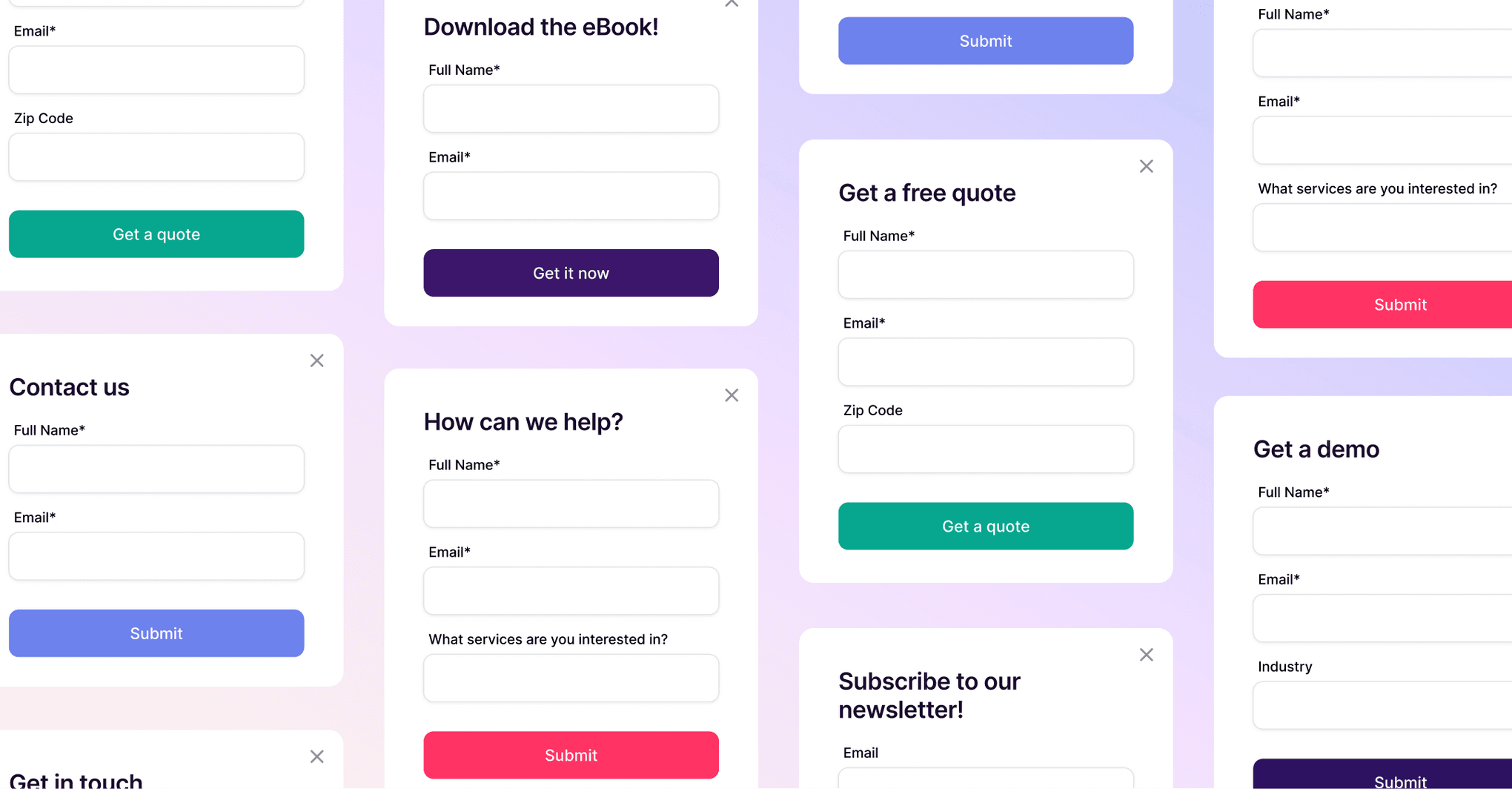Jemicah Marasigan
Content Marketing Manager
Here’s the thing about churn: it’s rarely a dramatic, rip-the-Band-Aid moment.
Most of the time, it’s not even obvious. There aren’t blowout meetings. There are no fiery “I’m done” emails. Instead, there’s just… less. Less excitement, less engagement, fewer conversations, slower replies. Then one day, you wake up to a cancellation notice and think, How did we get here?
If you want to avoid customer churn, you can’t just wait for the big, dramatic signs — like a client sending a breakup email or ghosting you entirely.
The truth is, churn is usually a slow drift, not a sharp drop. And the earliest warnings don’t come from hunches or guesswork; they’re sitting quietly inside your customer relationship management (CRM) platform reports.
The earliest warning signs aren’t big flashing red lights — they’re small shifts in your data. A deal that used to fly through the pipeline now drags its feet. A network of six contacts becomes one lonely email thread. Support tickets quietly pile up.
If you’re not looking for these changes, you’ll miss them. And when you miss them, you lose your chance to fix the relationship while there’s still time.
So, let’s talk about the five relationship red flags your CRM is already tracking — and how to respond before your client walks out the door.
Red flag #1: Your stakeholder list is getting smaller
This one’s sneaky because it happens so gradually.
At the start of an engagement, you’re probably talking to a handful of people. They all know you. They understand your role. They see your value. You’ve got a healthy spread of connections across the account.
Fast forward six months and now you’re only talking to one person. One email thread. One relationship holding the whole account together.
It might feel safe (“Hey, at least I still have my main contact!”), but in reality, you’re one resignation away from losing the entire account. If that person leaves, gets promoted, or shifts to a different project, you instantly go from “valued partner” to “vendor we used to work with.”
This is where you’ve got to be proactive. Build more relationships before you need them. Ask to join cross-department project calls. Offer to present results to leadership. Show up at meetings where your work is relevant, even if your contact doesn’t think to invite you.
The more people who see the value you bring, the harder it is to replace you — and building those connections now is one of the most reliable ways to avoid customer churn.
Red flag #2: Client issues are piling up
Not every client question is a bad sign — in fact, in industries like media, consulting, or finance, checking in on best practices often means they’re engaged. But when the number of requests suddenly spikes, and most are about the same recurring problem, that’s friction you need to fix early if you want to avoid customer churn.
Picture a client who normally sends three or four requests a month suddenly firing off twelve — and eight are about the exact same issue. Whether it’s a dashboard glitching before an investor meeting or a campaign approval process slowing to a crawl, repeated problems chip away at trust.
The mistake is to treat each request in isolation. Instead, zoom out:
Is this a training gap?
A mismatch between expectations and delivery?
A bottleneck in your process?
Once you find the root cause, fix it in a way that fits their world — whether that’s tailored training, a workflow redesign, or a full deliverable overhaul.
Solve the real problem, and you not only keep the account, you prove you’re invested in their success.
Red flag #3: Renewals are dragging their feet
You know that feeling when someone says, “I’ll get back to you tomorrow,” and then three weeks later you’re still refreshing your inbox? Yeah. That’s what a slow renewal feels like.
Last year, your client was all-in. You sent the renewal, they signed in a week. Done. This year? Same client, same scope — but the contract’s been “under review” for 26 days. Your CRM still calls it “active,” but let’s be honest: it’s not.
Sometimes the delay has a perfectly normal excuse (read: decision-maker on vacation, finance buried under spreadsheets). But other times, it’s one of those sneaky relationship red flags that tells you confidence is slipping.
Every extra day the renewal sits untouched is a day urgency evaporates. It gives them more time to rethink. It gives competitors more time to slide into their DMs. And it keeps you stuck babysitting a deal that may never actually close.
The fix isn’t to flood their inbox with “just circling back!” emails. Instead, get curious. Ask what’s slowing things down. Then bring what they actually need to move forward, like a fresh ROI case study, a quick alignment call, or a walkthrough that handles their objections before they multiply.
Think of renewal slowdowns as the low-battery icon on your phone. Ignore it, and you’ll be staring at a black screen at the worst possible moment.
Get the latest from our blog every month
Red flag #4: Payments are getting slower
Payment data is one of the most underused churn predictors out there.
If a client who always paid within ten days suddenly starts taking thirty — or worse, missing due dates entirely — something’s changed. And it’s rarely just “Oh, accounting’s a little behind.”
Slower payments can mean:
Budget constraints or cash flow issues.
A more complex internal approval process.
Doubts creeping in about whether your work is worth the spend.
Here’s the tricky part: you can’t treat it like a collections call. Nothing kills goodwill faster. Instead, treat it like a relationship check-in. Ask if their process has changed. See if a different billing cycle would help. And, importantly, reconnect the dots between what they’re paying and the wins they’re getting.
Money behavior is emotional. Steady payments usually mean trust. Slowing payments? That’s a little crack in the foundation — and it’s one you need to address before it widens.
Red flag #5: The good interactions are disappearing
Sometimes a client looks perfectly healthy — at least on paper.
They’re still opening your newsletters and maybe clicking on a blog post here and there. But those strategy calls where they used to share ideas? Gone. The roadmap reviews they used to get excited about? Cancelled — and never rescheduled. Instead, you’re only seeing them in transactional moments, like when it’s time to hand over a deliverable.
That’s a classic relationship red flag. Renewals dragging their feet is about paperwork. This, on the other hand, is about commitment. Once a client disengages from the meaningful, higher-value interactions, the relationship weakens. And when budget season rolls around, you’re suddenly easier to cut.
Here’s how you usually spot it:
Meetings shift from collaboration to quick “status updates.”
Calls get cancelled more often than they happen.
Their participation drops to the bare minimum.
Now, you’ve gone from “partner in growth” to “vendor we use sometimes.” And vendors? They’re a lot easier to replace than partners.
The fix? Bring back those high-value touchpoints and make them a regular part of how you work together.
Schedule quarterly business reviews that connect your work directly to their wins. Plan sessions that help them spot opportunities before they’re even on the radar. Run co-creation workshops where you’re brainstorming side by side and turning ideas into action.
Because here’s the truth: casual engagement might keep you in their inbox, but the strategic, roll-up-your-sleeves kind of work? That’s what keeps you in their budget — and helps you avoid customer churn for the long haul.
Bonus red flag: Silence after your upsell pitch
When you send a renewal or upsell, you’re usually expecting a spark of energy on the other end. Maybe a few excited questions. Maybe a “This is perfect, let’s do it.”
After all, you’re not pitching out of the blue, you’ve earned the right to have this conversation. You’ve helped them hit big goals, their needs have grown, and the renewal is the smart way to keep the wins rolling.
Which is why silence can feel like a gut punch. You send the proposal… and nothing. No spark of excitement. No “This is perfect.” Not even a clarifying question. Just a quiet that sits there, making you second-guess if the email landed at all.
And, honestly, it’s rarely about a lost email. That pause usually means something is snagging their decision. Maybe the budget’s tighter than they let on. Maybe the timing clashes with another priority. Or maybe they’re not yet convinced the value outweighs the cost.
This is the moment to ditch the “Just following up” autopilot and open the door for a real answer: “What’s on your mind after reviewing the proposal?”
It’s friendly, it’s disarming, and it gives them space to tell you what’s actually in the way. Now you can find out what’s really stalling things and respond — whether that’s tweaking the scope, breaking it into phases, or showing exactly how it gets them closer to their goals.
Because the best upsells and renewals aren’t about pushing harder — they’re about making the next step feel like the easiest yes they’ve said all year.
How Copper CRM makes spotting these red flags easy
If you’ve been nodding along to these red flags, you’re probably already picturing yourself clicking through your CRM — checking deal timelines, skimming contact histories, maybe pulling a quick report to see if anyone’s gone quiet.
And yes, you could track all this manually… but that’s a lot of detective work for someone who already has a business to run.
This is where Copper makes life a whole lot easier — and helps you avoid customer churn — by actively surfacing the signals you need to keep clients engaged.
Customizable pipelines can be set up for anything (think: closing deals, onboarding new clients, even managing ongoing projects) so you can see exactly which stage every person or opportunity is in.
Pipeline email automations trigger messages automatically based on how an opportunity moves through the pipeline, so follow-ups happen without you lifting a finger.
Contact activity insights — including features like Last Contacted and Inactive Days — give you an at-a-glance view of who’s been slipping off your radar so you can reconnect before the relationship goes really cold.
Activity and note logging right inside a person’s record means every call, email, or meeting recap is stored with their contact info — so you (and the rest of your team) always know exactly where things were left off and what’s next (or what might need a nudge).
Stages let you easily label things exactly where they are in your process — whether that’s verbal agreement, discovery, evaluation, or negotiation — so you can zero in on what needs your attention right now.
Status tracking shows whether a deal is abandoned, won, lost, or open, so nothing falls through the cracks.
With all of this in one place, Copper stops being just a database and becomes your built-in relationship radar, making it easier to spot issues, step in at the right moment, and keep your best clients around for the long haul.
Keeping relationships healthy is a daily habit
The clients you keep are just as important as the clients you win — and the truth is, it’s a lot cheaper (and easier) to keep them than to replace them.
The red flags we’ve talked about aren’t meant to make you paranoid; they’re meant to give you an early shot at turning things around before the relationship starts slipping.
So don’t wait for a renewal date or a sudden crisis to check in. Make it part of your rhythm to review your pipeline, scan those activity insights, and reconnect with clients who might be drifting.
Use your CRM — and all the little clues it’s collecting every day — to stay ahead of problems instead of reacting to them.
If you make spotting and addressing these signals second nature, you’ll spend less time scrambling to save accounts and more time building the kind of partnerships clients don’t want to let go of.
And if you want a CRM that’s built to help you avoid customer churn and keep your best clients close, try Copper for 14 days for free and see how easy it is to keep your customer relationships strong.






